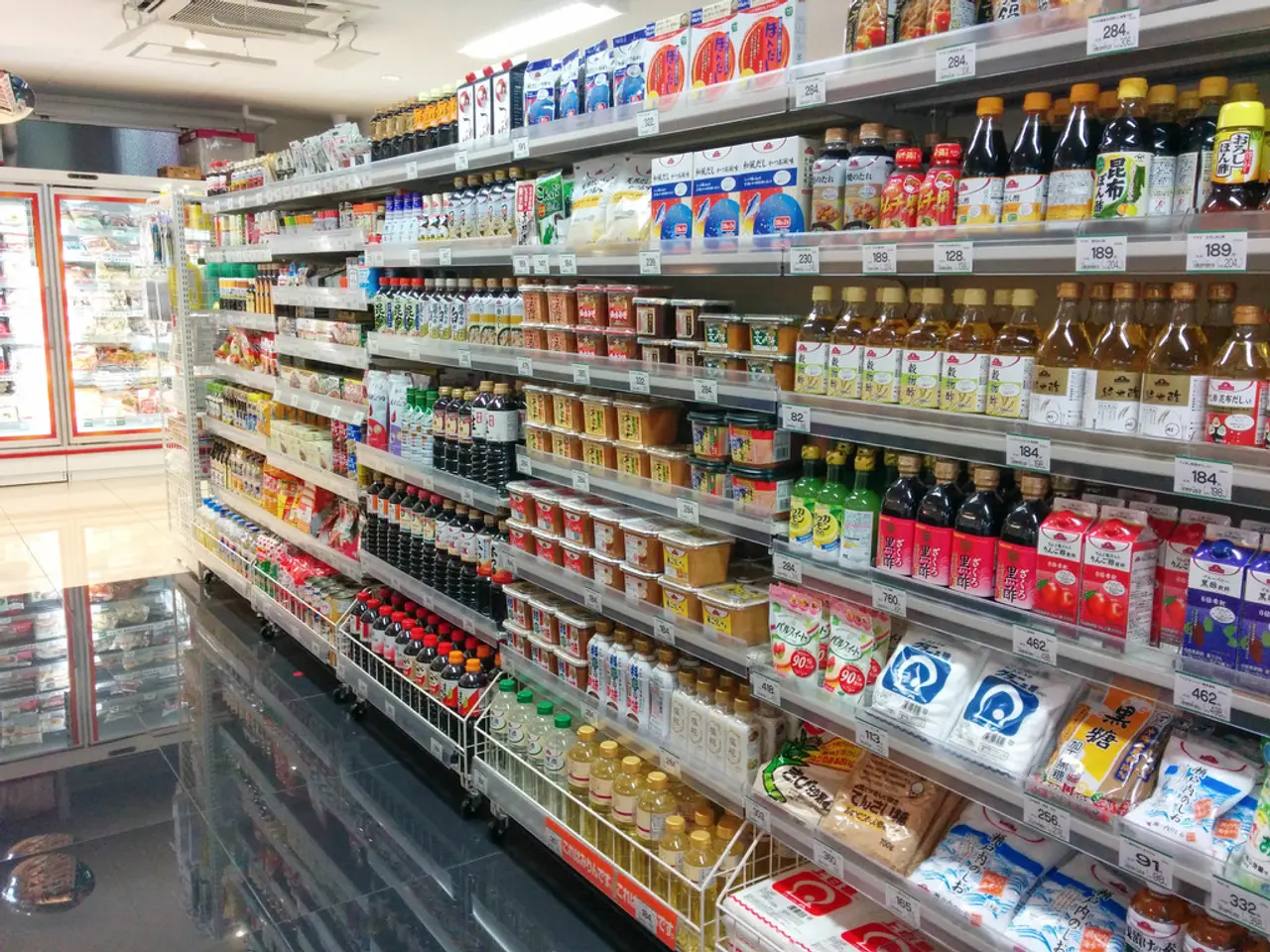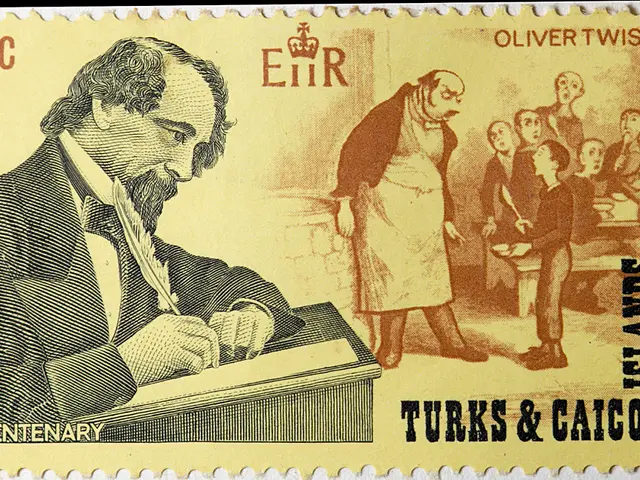July's inflation rate in the US saw a lower increase than anticipated, despite the commencement of tariff implementations.
In a recent development, the Consumer Price Index (CPI) data released by the Bureau of Labor Statistics on Tuesday revealed that the inflation rate in the United States did not rise as much as expected last month. The actual annual inflation rate remained at 2.7%, contrary to economists' predictions of a 2.8% increase.
However, the data also showed an increase in tariff-related pressures, contributing to a pickup in overall inflation. The measurement of underlying price hikes indicated a rise, with tariff-related pressures being the main contributor to this increase.
The US is currently facing an average effective tariff rate of 18.2%, the highest since the 1930s. This has resulted in an estimated 1.8% increase in the overall consumer price level due to tariffs alone, equating to about a $2,400 loss in household income on average.
Key trends indicate that tariff impacts are uneven across categories, with clothing and textiles being affected most sharply. Short-run price increases of nearly 40% have been observed on shoes, and over 35% on apparel. The CPI inflation in the US has accelerated to about 2.8% in July, the highest since February, with part of this rise attributed to import duties being gradually passed through from retailers to consumers, especially in household furnishings and recreational goods.
Economists note that tariff-driven price increases have been gradual, manifesting at a "trickle" across various categories rather than an immediate broad surge. However, price pressures on certain goods like apparel and new cars are expected to intensify in the coming months.
There is some disagreement and complexity regarding who bears the tariff costs. Some analyses suggest that domestic firms have absorbed much of the burden so far, which has dampened immediate consumer inflation effects. However, models and forecasts indicate that by late 2025, a majority of tariff costs (up to 67%) will be passed on to consumers.
The persistence of tariffs and their inflation impact has complicated Federal Reserve policy decisions. Tariffs have contributed to inflation staying above the Fed’s 2% target, causing a delay in potential rate cuts despite weaker employment data, since inflation pressures remain elevated partly due to these trade policy factors.
In summary, tariff-related inflation pressures in the US remain a crucial factor keeping inflation elevated in 2025. While price increases are uneven and some companies shoulder tariff costs temporarily, consumer prices are rising steadily in response to high tariff rates, especially in textiles and durable goods. This sustains inflation above the Fed’s target and poses challenges for monetary policy.
[1] Source [2] Source [3] Source [4] Source [5] Source (optional, for broader context)
Read also:
- Intensified farm machinery emissions posing challenges to China's net-zero targets
- Nuclear plant revitalized: Artificial intelligence-led demand breathes life into the Great Lakes nuclear facility
- Tesla outlines advancements in Semi trucks and plans for Megacharger network at ACT Expo, as captured on video
- Navigating the Best Web Hosting Options for Your Small Business: A Useful Handbook




